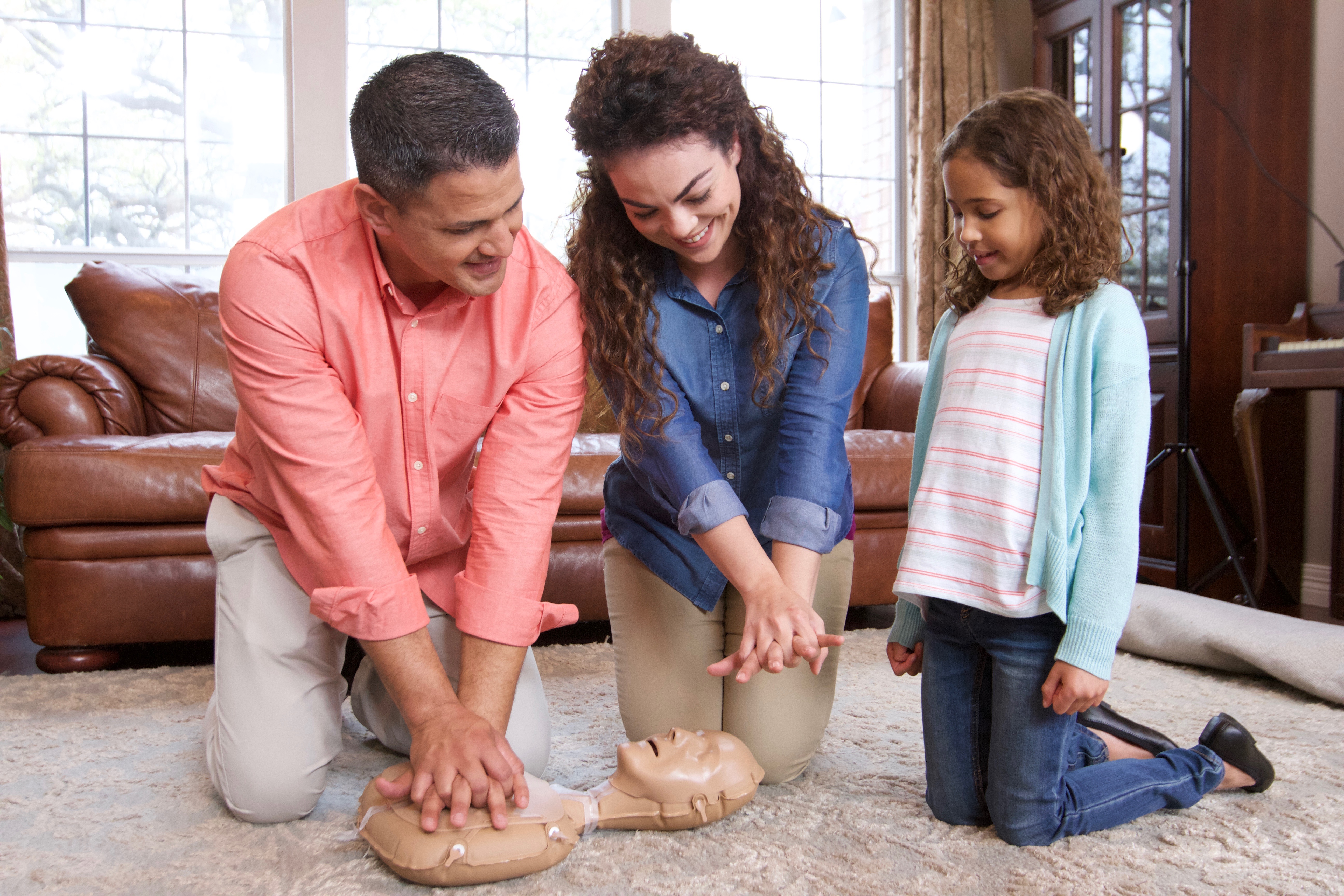CPR Confidence Among Americans Surges, Potentially Saving More Lives

Summary
Full Article
The number of Americans confident in performing CPR has increased substantially, rising from 33% to 39%, according to new survey data released by the American Heart Association. This six-percentage-point increase represents approximately 17.7 million more Americans now feeling prepared to respond during cardiac emergencies.
The significance of this increase cannot be overstated, particularly given that nearly 350,000 cardiac arrests occur outside of hospitals annually in the United States, with 74% happening in homes. Currently, the survival rate for out-of-hospital cardiac arrests is alarmingly low, with 90% proving fatal.
This boost in public confidence follows the high-profile cardiac arrest of NFL player Damar Hamlin in January 2023, when surveys indicated that nearly 70% of U.S. adults would not have felt confident acting during a cardiac emergency. The American Heart Association's Nation of Lifesavers™ movement, launched in 2023, aims to double survival rates from sudden cardiac arrest.
The impact on children's safety is particularly notable, as more than 23,000 children experience cardiac arrests annually. Of these cases, 20% occur in infants, and 40% are related to sports activities. Children who experience cardiac arrest at schools are seven times more likely to survive when an AED is available, highlighting the critical importance of the recently passed HEARTS Act, which creates a federal grant program for school CPR training and AED purchases.
The American Heart Association's survey, conducted by Decision Analyst among 1,266 nationally representative U.S. adults, suggests that increased public awareness and education efforts are successfully building a more prepared population capable of responding to life-threatening cardiac emergencies. This improvement in public readiness could significantly impact survival rates across all age groups and communities.

This story is based on an article that was registered on the blockchain. The original source content used for this article is located at NewMediaWire
Article Control ID: 35151